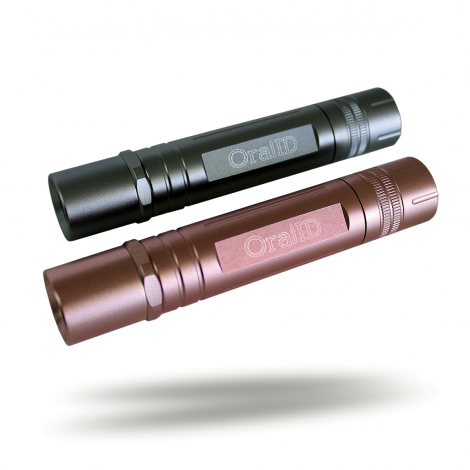Blog
Dental hygiene tips for healthy teeth & gums

What is oral cancer and why you need to screen?
Cancer is a fatal disease, it promotes uncontrollable growth of cells that invade and cause damage to surrounding tissue. Oral cancer is a cancer that gets formed in the mouth and appears as a suspicious growth of tissue or sore that does not wane away but gets enlarged with time.
Certain factors that may cause oral cancer are:
- Tobacco used in any form, be it cigarettes, cigars, pipes or chewing it
- Heavy alcohol abuse
- Previous oral cancer diagnosis
- Significant exposure to sun, which increases the risk of lip cancer
Why its screening is important?
Oral cancer screening can be explained as a visual and physical exam of the oral cavity and its connected tissues. It can reassure a patient that there are no apparent lesions or other problems that give signs of cancer.
Cancer or for that matter any deadly disease can be invoked in our body without being summoned from our side. Many times it is seen that such diseases are diagnosed when we least expect them. Thus, regular screening of the mouth enables the doctor or a dentist in case of oral cancer to look for signs of cancer or precancerous conditions.
Early detection is half the battle won. It is often seen that cancer in any part of the body is detected way too late for any effective treatment to be availed. The possibility or chances of cure wanes out with the advancement of the stage of cancer. Thus, chronology of detection is of pristine importance here.
Most dentists examine your mouth as a matter of precaution during your routine dental visits to screen out possibilities of oral cancer. Some dentists may perform additional tests to locate areas of abnormal cell growth in your mouth.
Medical organizations are divided on their opinion on whether healthy people without inherent risk factors for mouth cancer require oral cancer screening. As a matter of fact, oral exams or oral cancer screening tests have not proven to have reduced the number of cases where people die of oral cancer.
Oral screening have some limitations though, such as:
- Oral cancer screening often lead to additional tests. Many people who report sores in their mouths, are often found to have non-cancerous sores. An oral exam is unable determine completely which sores are cancerous and which are not.
- If your dentist finds an unusual sore, he may advise you to go through further testing to determine its cause. Biopsy is the only way to definitively determine whether you are suffering from oral cancer or not. Under biopsy some tissue from the lesion is removed and studied under the microscope to determine whether it contains cancerous cells.
- It is not easy to detect areas of abnormal cells just by looking at your mouth, so it’s possible that a small cancer or a precancerous lesion may go undetected.
- Oral cancer screening hasn’t proved to be a potent measure to save lives. No evidence supports that routine oral examinations for detection of signs of oral cancer have reduced the number of deaths caused by oral cancer. However, screening for oral cancer may detect early cancers — when cure is more likely.
How is such screening done?
- Visual Exam: The face, neck, lips, inside of the nose and oral cavity are all examined for oral cancer. Before the screening, the patient is asked to take out all removable dental appliances like dentures so that every place inside the mouth is properly exposed for the doctor’s ease.As per the guidelines of Oral Cancer Foundation (OCF), a doctor or dentist looks for swellings, asymmetries, bumps, ulcerations, patches of color or other abnormalities. To have a sneak peak inside the nose and mouth, the doctor or dentist uses a light torch and mirror to see things clearly. A tongue depressor is used to hold down the tongue and examine at the back of the mouth. The patient may be asked to open his/her mouth as wide as possible so that areas in the throat that are otherwise difficult to see are properly examinable. These days a dentist can even float a nano-camera attached to a string down your throat to get pictures of the insides for better clarity of the case.
- Physical Exam: The visual exam is complemented by a physical exam wherein, the dentist also touches the inside of the oral cavity like cheeks, places around the jaw, under the chin etc for unusual growth formations or lesions. An important sign of a potential threat is immobility in otherwise mobile tissue, and the patient is asked whether physical contact at such places causes any pain or discomfort. Oral cancer is generally painful, but a painless swelling can still indicate a sign of problems elsewhere. As per the OCF, the patient might also be asked to swallow while the throat is under examination.
- Additional tests for oral cancer screening: Some dentists use special tests in addition to the visual and physical exams to screen for oral cancer. It’s not clear if these tests offer any additional benefit over the conventional exams though.
Special oral cancer screening tests may involve:
- Rinsing the oral cavity with a special blue dye before an exam. Abnormal cells in the mouth may absorb the dye and appear blue.
- Throwing light in your mouth which makes healthy tissue appear dark and abnormal tissue will appear white.
Book Appointment to find out which treatment might be best for you.


